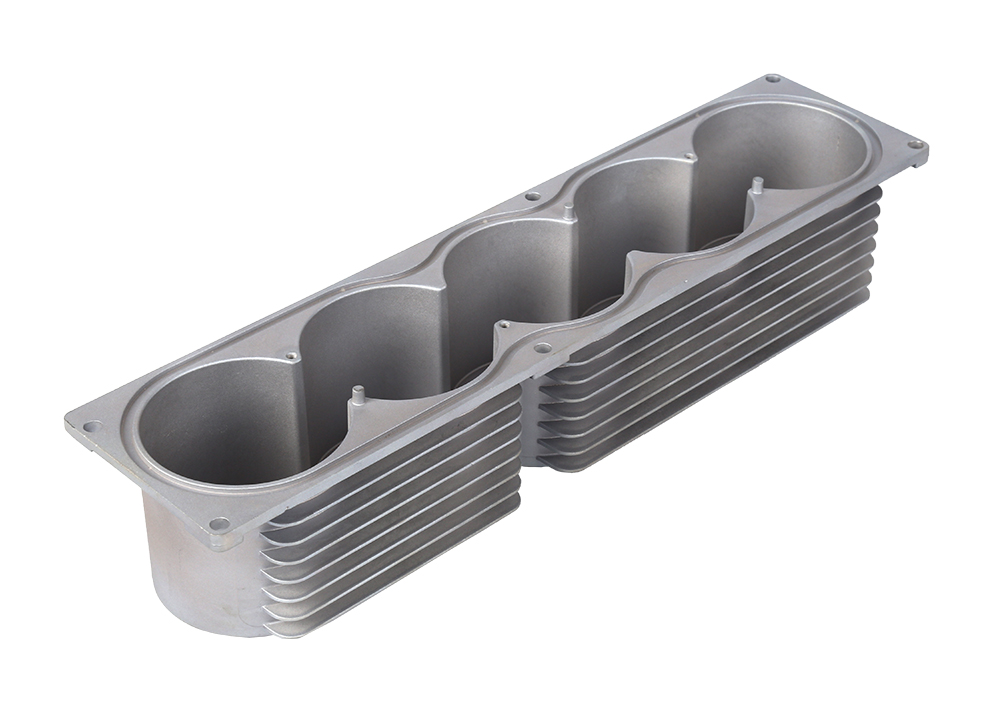Time:2023-02-13 Preview:
In order to ensure the quality of stamping molds and its forming stamping parts, the assembly of the stamping mold should meet the following accuracy requirements:
1. The stamping mold parts should meet a certain position accuracy of each other, such as axial direction, parallelism, verticality, and tilt.
2. Movement parts should have relative exercise accuracy requirements, such as rotation accuracy, rotation exercise accuracy and straight -line motion accuracy of various institutions.

3. Guidance positioning accuracy: such as the opening and closing motion of the motion and the fixed mode or the upper mode, the installation positioning of the type and the core, the guidance positioning of the sliding motion, etc.
4. Matching accuracy and contact accuracy: The matching accuracy mainly refers to the matching gap or interference of the matching parts on the surface of the parts when processing high -quality vehicles; Coordination of the guide cover and template. The contact accuracy refers to the distribution of the contact area and actual contact point of the two coordination and connection surface;
5. Other aspects of accuracy requirements: such as tightness, deformation, lubrication, and sealing during the assembly of the stamping mold; the vibration, noise, temperature rise and friction control in the stamping mold should meet the work requirements of stamping molds.
 Related News
Related News·On the Future Development of Hardware Parts ·CNC processing plant Precision CNC processing to reduce the surface damage of aluminum profile? ·CNC spark machine ·The effect of hydraulic forming technology hedging pressure parts ·The cause of the explosion of the mold explosion in the hardware stamping mold processing process ·How to develop the CNC part processing process ·Factors Affecting the Processing Price of Metal Die Casting Dies ·How to deal with the defects of aluminum alloy hardware die casting? ·CNC characteristics ·Can precision machining be done with any material


